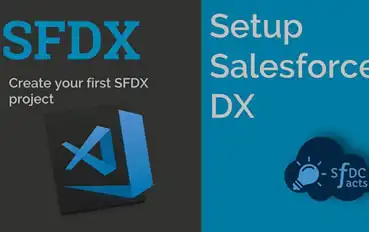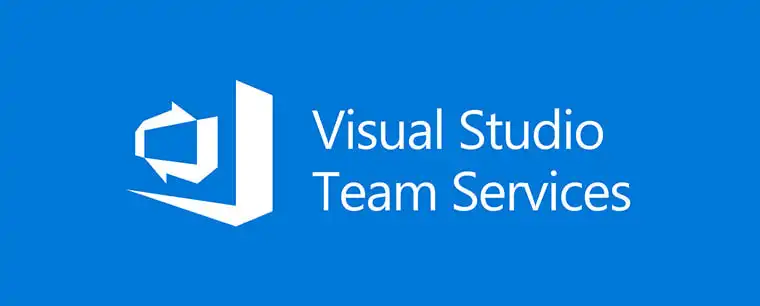
DevSecOps tools are more than just an advanced processes—they also heighten data security and protect your Salesforce environment as a whole.
Why It Matters: Streamlined operations benefit every aspect of the development pipeline. DevSecOps tools maintain high-quality products while expediting deployment velocity.
- Reducing manual touchpoints decreases errors while increasing optimal speeds.
- Giving developers the resources they need to succeed makes their jobs easier and infinitely more enjoyable.
- Applying the right tools positively contributes to your ROI.







